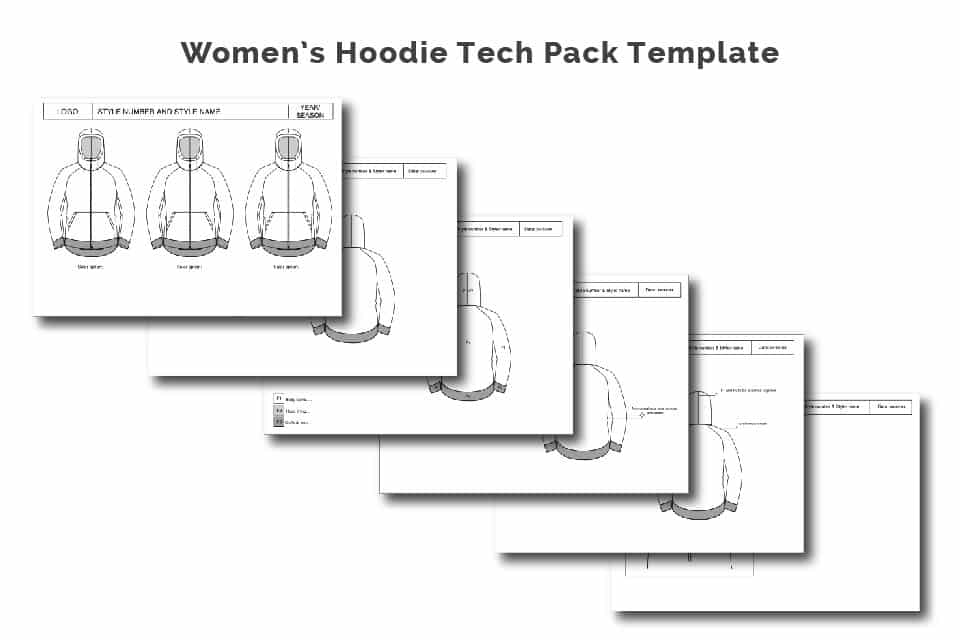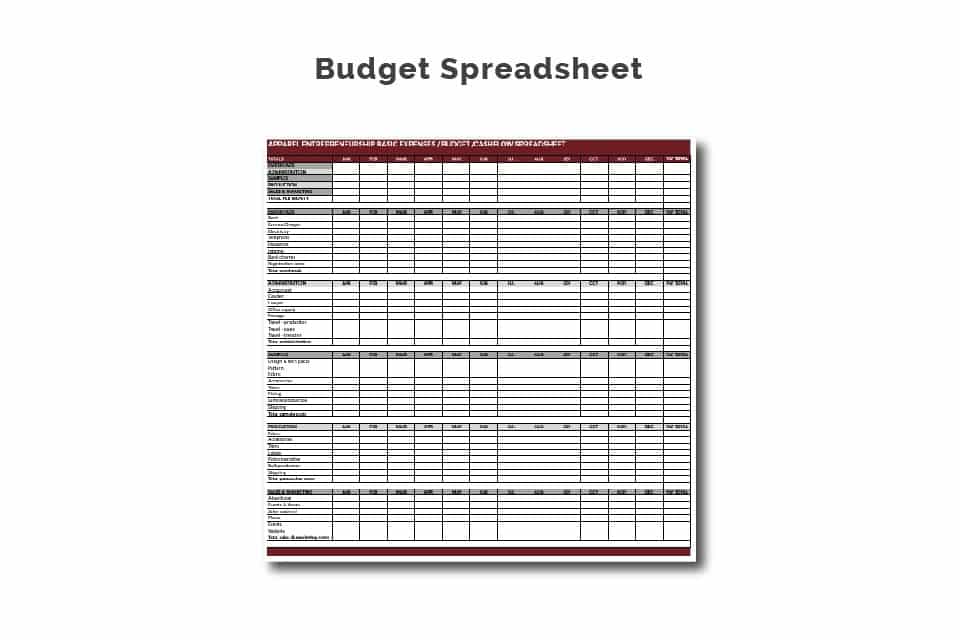
As a fashion brand, sustainability is more important than ever. Not only are consumers becoming increasingly aware of the environmental and social impacts of their purchasing decisions, but the fashion industry is one of the largest polluters in the world. By adopting sustainable practices, fashion brands can not only reduce their environmental impact, but also differentiate themselves from the competition and appeal to a wider customer base.
Here are 20 ways that fashion brands can make their operations more sustainable:
Choose materials that are sustainable, such as organic cotton, recycled polyester, and natural fibers like linen and bamboo. These materials are better for the environment and often have a lower carbon footprint than synthetic materials.
Water is a limited resource, and fashion production is a major contributor to water pollution. Look for ways to reduce water usage in your production processes, such as using water-saving technologies or water-efficient fabrics.
Synthetic dyes can be harmful to the environment and to workers. Instead, consider using natural dyes made from plant and mineral sources. These dyes are often safer and more eco-friendly.
Look for ways to minimize waste in your production process, such as by using excess materials for other products or finding ways to recycle them. This can help reduce your environmental impact and save you money.
Make sure that your supply chain is ethically and sustainably managed, and that workers are treated fairly and paid a living wage. This is not only the right thing to do, but it can also improve the reputation of your brand.
Consider investing in renewable energy sources, such as solar or wind power, to reduce your carbon footprint. This can help mitigate the environmental impacts of your operations and save you money on energy costs.
Help your customers understand the sustainability of your products by transparently communicating your sustainable practices and materials. This can help build trust and credibility for your brand.
Partner with other brands that share your commitment to sustainability to amplify your impact and learn from one another. This can help drive industry-wide change and create a more sustainable fashion ecosystem.
Look for ways to support sustainability initiatives in your community, such as by partnering with local organizations or supporting environmental causes. This can help you make a positive impact beyond your own operations.
Sustainability is an ongoing process. Regularly review and assess your sustainability practices, and look for ways to continually improve and reduce your environmental impact. This can help ensure that your brand stays ahead of the curve and meets the evolving expectations of consumers.
Look for ways to incorporate recycled materials into your products, such as by using recycled plastic or recycled fabric. This can help reduce your environmental impact and divert materials from landfills.
Choose materials that are biodegradable, such as natural fibers, to reduce your environmental impact. These materials will break down naturally, rather than contributing to pollution or waste.
Consider using packaging materials that are sustainable and biodegradable, such as recycled paper or cardboard. This can help reduce your environmental impact and create a more positive brand image.
Look for ways to reduce your transportation emissions, such as by using efficient shipping methods or partnering with companies that use low-emission vehicles. This can help mitigate the environmental impact of your operations and reduce your carbon footprint.
Be transparent about your sustainability practices and materials, and communicate this information to your customers and stakeholders. This can help build trust and credibility for your brand and demonstrate your commitment to sustainability. By being transparent, you can show your customers exactly what you are doing to reduce your environmental impact and support ethical practices. This can help differentiate your brand from the competition and build stronger relationships with your customers.
Adopt energy-efficient practices in your production process, such as using LED lighting or energy-efficient equipment. This can help reduce your energy consumption and costs, as well as your environmental impact.
Consider supporting fair trade initiatives, which promote sustainable development and fair labor practices. This can help ensure that your supply chain is ethically managed and that workers are treated fairly.
Choose natural cleaning products to reduce your environmental impact and protect the health of your employees. These products are often safer and more eco-friendly than synthetic alternatives.
Look for ways to make your marketing materials sustainable, such as by using recycled paper or biodegradable materials. This can help reduce your environmental impact and create a more positive brand image.
Partner with organizations that are committed to sustainability, such as charities or non-profits, to amplify your impact. This can help you make a positive impact beyond your own operations and align your brand with important causes. Also, choose to work with a design agency that has sustainability as a priority and can help your brand implement sustainable processes. Visit Desinder if your brand needs help with strategy, branding, and design solutions when sustainability and circularity are integral and essential parts of your brand’s mission.
By adopting these sustainable practices, fashion brands can not only reduce their environmental impact, but also differentiate themselves from the competition and appeal to a wider customer base. By investing in sustainability, brands can build stronger relationships with their customers, attract and retain top talent, and ultimately drive business success.
This Course will guide you through our proven 6-step success blueprint, on how to go from just an idea, to learning exactly what it takes to launch your own profitable sustainable apparel brand.
The Solutions Directory For A Circular Fashion Industry
Sustainable Fashion Business Software





Your data will be handled according to our privacy policy.